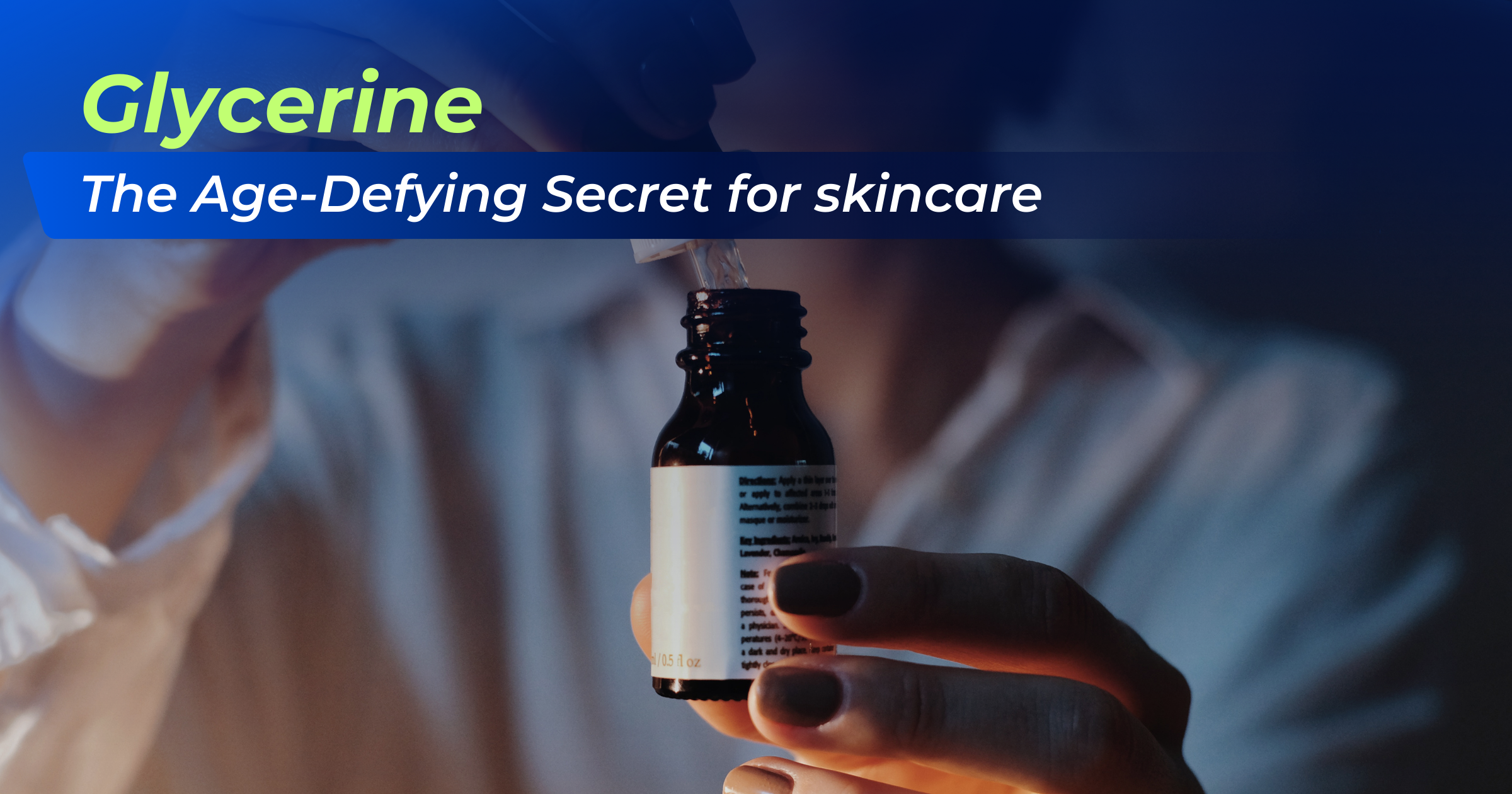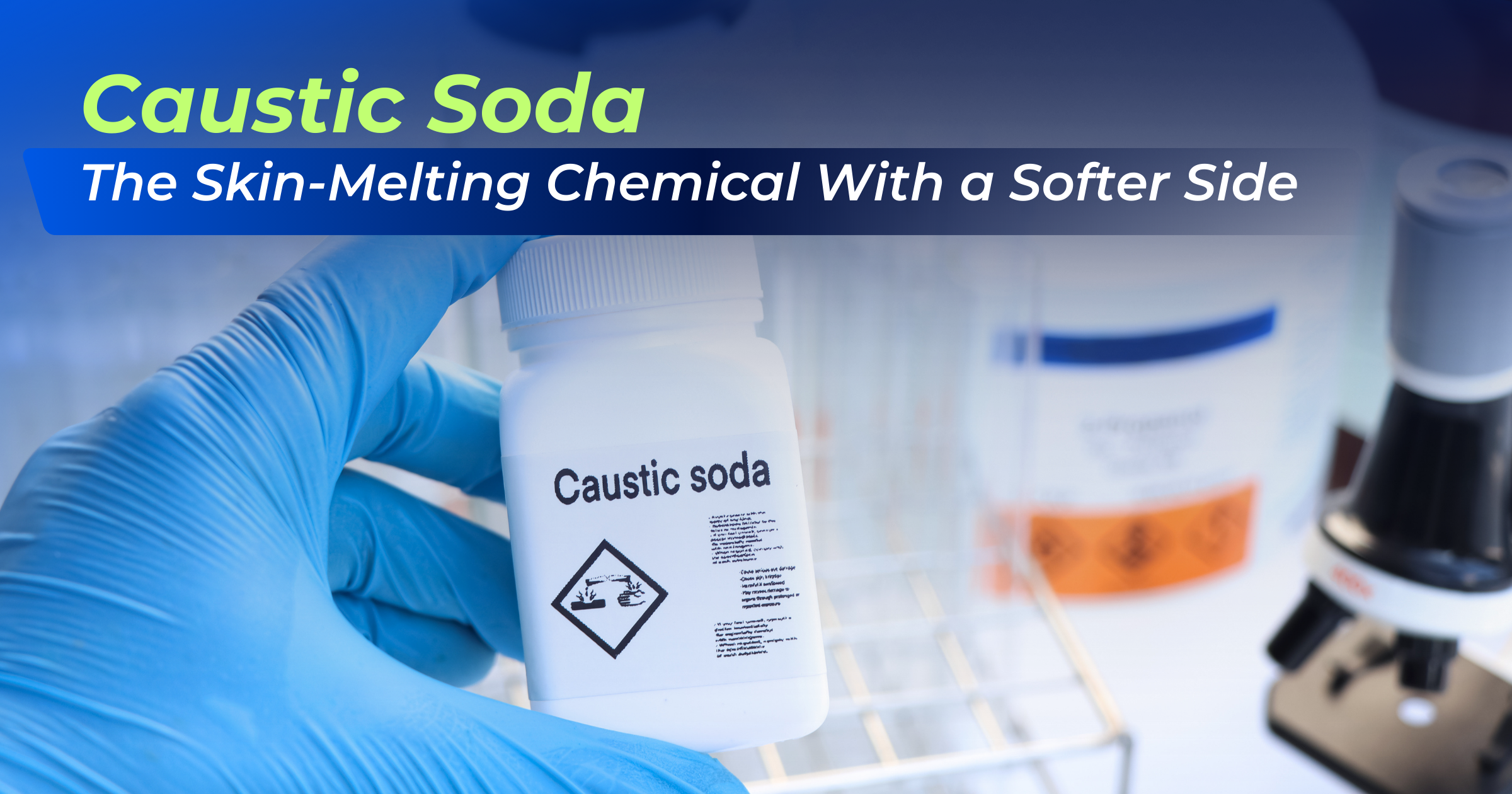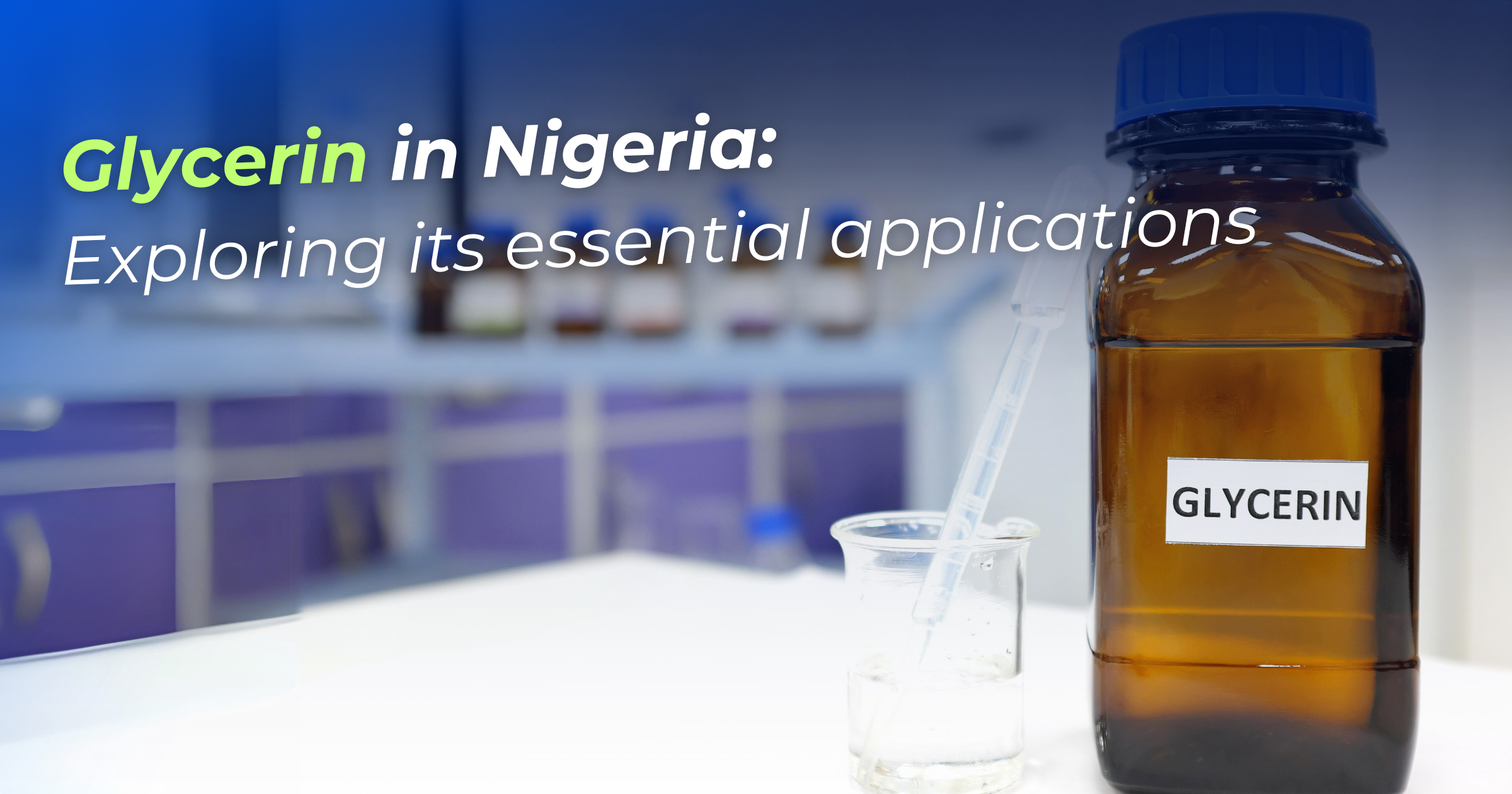Creating effective skincare products starts with choosing the right ingredients, and selecting an emollient for skincare plays a pivotal role in creating a competitive edge for your skincare brand.
Emollients are fundamental in shaping a product’s feel, performance, and consumer satisfaction with the finished product. Whether you’re developing luxurious creams, lightweight lotions, or innovative serums, your choice of emollients will significantly impact the success of your product.
But with hundreds of options available, how do you choose the right emollients for your specific formulation goals?
This guide cuts through the complexity to help you make informed decisions based on practical considerations rather than overwhelming technical jargon.
READ ALSO: The SME Guide to Smart Sourcing Skincare Ingredients
What Are Emollients and Why Do They Matter?
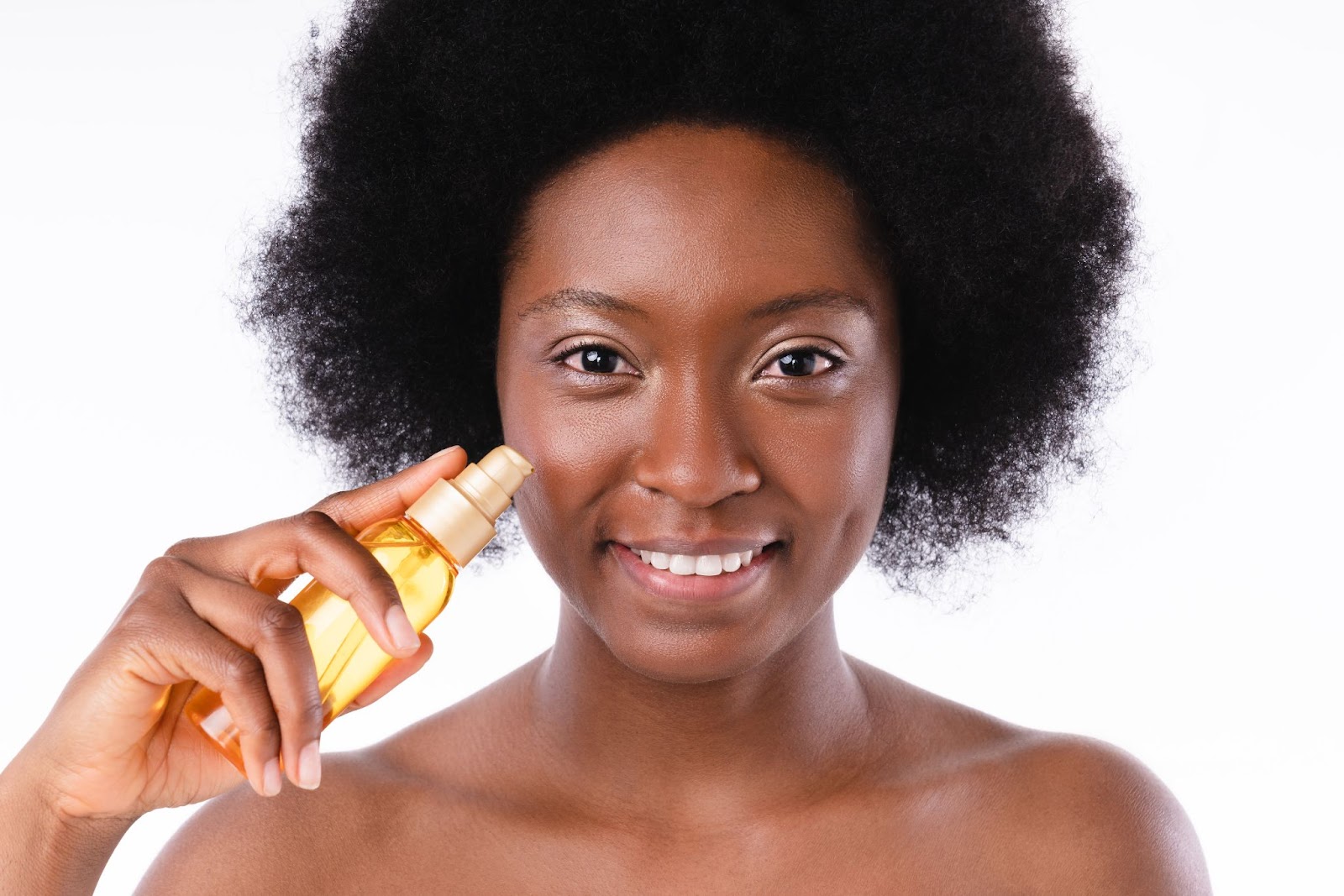
Emollients are substances that soften and smooth the skin by filling spaces between skin cells and creating a protective film on the skin’s surface. They’re the ingredients responsible for that silky, smooth feeling when you apply a moisturiser.
Beyond the immediate sensory benefits, emollients help to:
- Prevent water loss from the skin (occlusion)
- Improve skin flexibility and elasticity
- Enhance the spreading properties of formulations
- Create the right consistency and skin feel
- Deliver active ingredients more effectively
READ ALSO: Why Product Formulation is Key to Manufacturing Success
Popular Emollient Categories
Understanding the unique characteristics of different emollient for skincare categories allows manufacturers to craft formulations that meet specific skin needs and align with evolving consumer preferences for performance, sensory experience, and ingredient transparency.
Popular categories of emollients for skincare include;
Natural Plant Oils
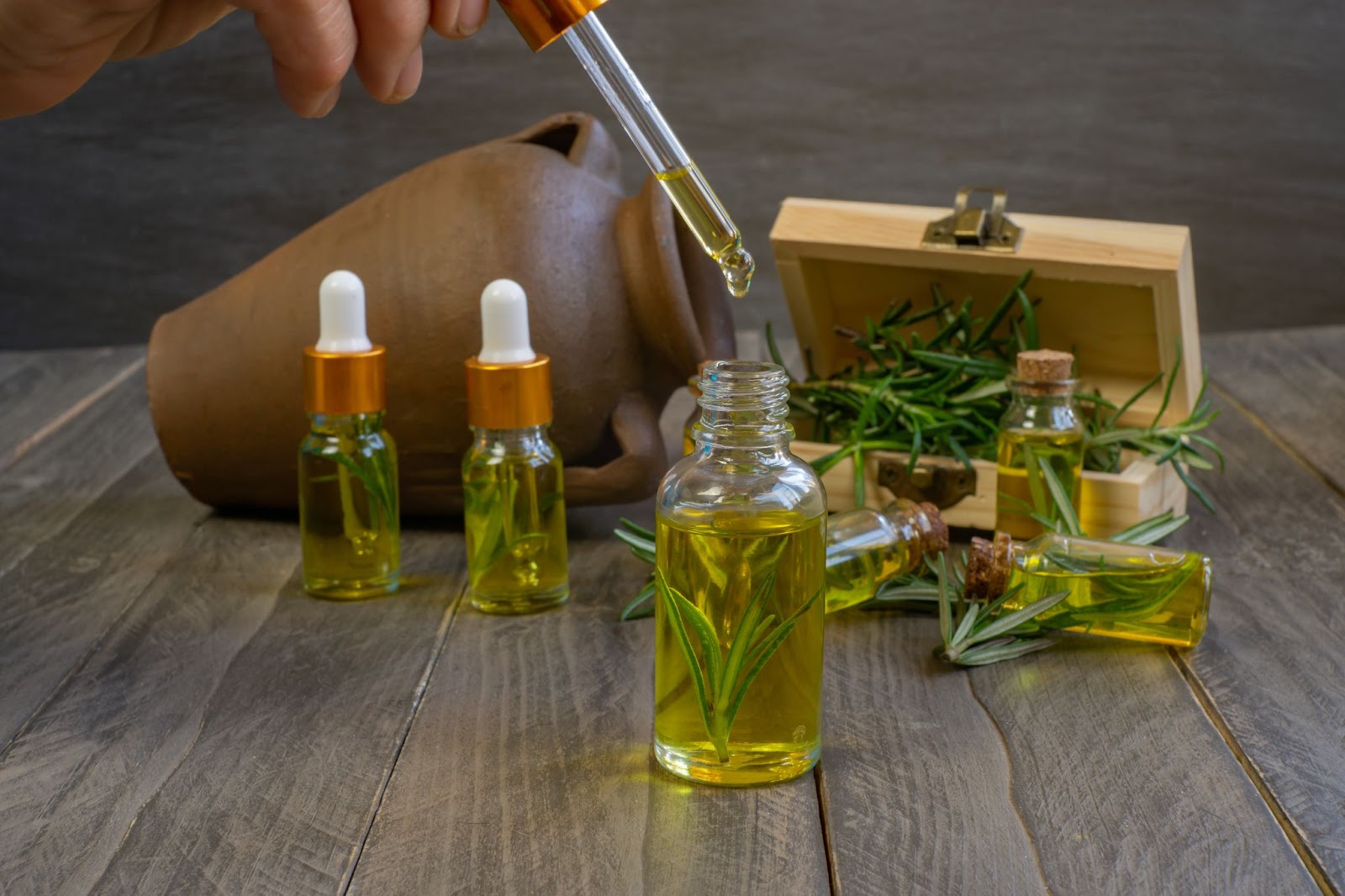
Natural oils remain extremely popular with consumers seeking clean beauty options. Each brings unique properties to your formulations.
They include;
- Jojoba Oil: Closely resembles human sebum, making it suitable for all skin types, including oily and acne-prone. It provides a light, non-greasy feel.
- Argan Oil: Rich in vitamin E and fatty acids, it offers excellent moisturisation for dry or mature skin. Creates a medium-weight skin feel.
- Coconut Oil: Provides rich moisturisation but can be comedogenic for some skin types. It works well in body care products and hair care.
- Olive Oil: Contains antioxidants and squalene, which are beneficial for dry skin. Creates a heavier skin feel but absorbs well over time.
- Sunflower Seed Oil: High in linoleic acid, lightweight, and suitable for sensitive skin. Excellent spreadability in formulations.
According to a 2023 consumer preference study by the International Journal of Cosmetic Science, 63% of consumers perceive products containing natural oils as more premium despite sometimes offering similar performance to synthetic alternatives.
Synthetic Esters

Synthetic esters offer formulators precise control over product aesthetics and performance:
- Isopropyl Myristate: Creates a light, silky feel without greasiness. Excellent spreading capabilities.
- Cetyl Palmitate: Provides a richer, more substantial feel. Works well in creams for dry skin.
- C12-15 Alkyl Benzoate: Versatile, with excellent spreadability and a non-greasy feel. Compatible with most cosmetic ingredients.
- Caprylic/Capric Triglyceride: Derived from coconut oil but refined for consistency. Offers mild occlusion with a light skin feel.
- Isopropyl Palmitate: Creates a smooth, non-tacky application. Suitable solvent for active ingredients.
Silicones
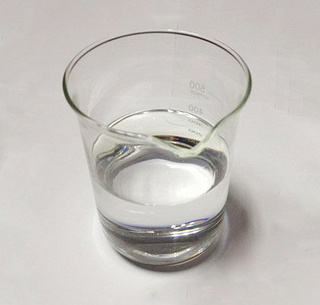
Silicones create distinctive textures and instant gratification effects:
- Dimethicone: Creates a protective barrier without greasiness. Excellent for improving product spreadability.
- Cyclopentasiloxane: Provides a silky, lightweight feel and evaporates, leaving other ingredients behind.
- Phenyl Trimethicone: Offers shine and a luxurious feel without heaviness.
Butters and Waxes
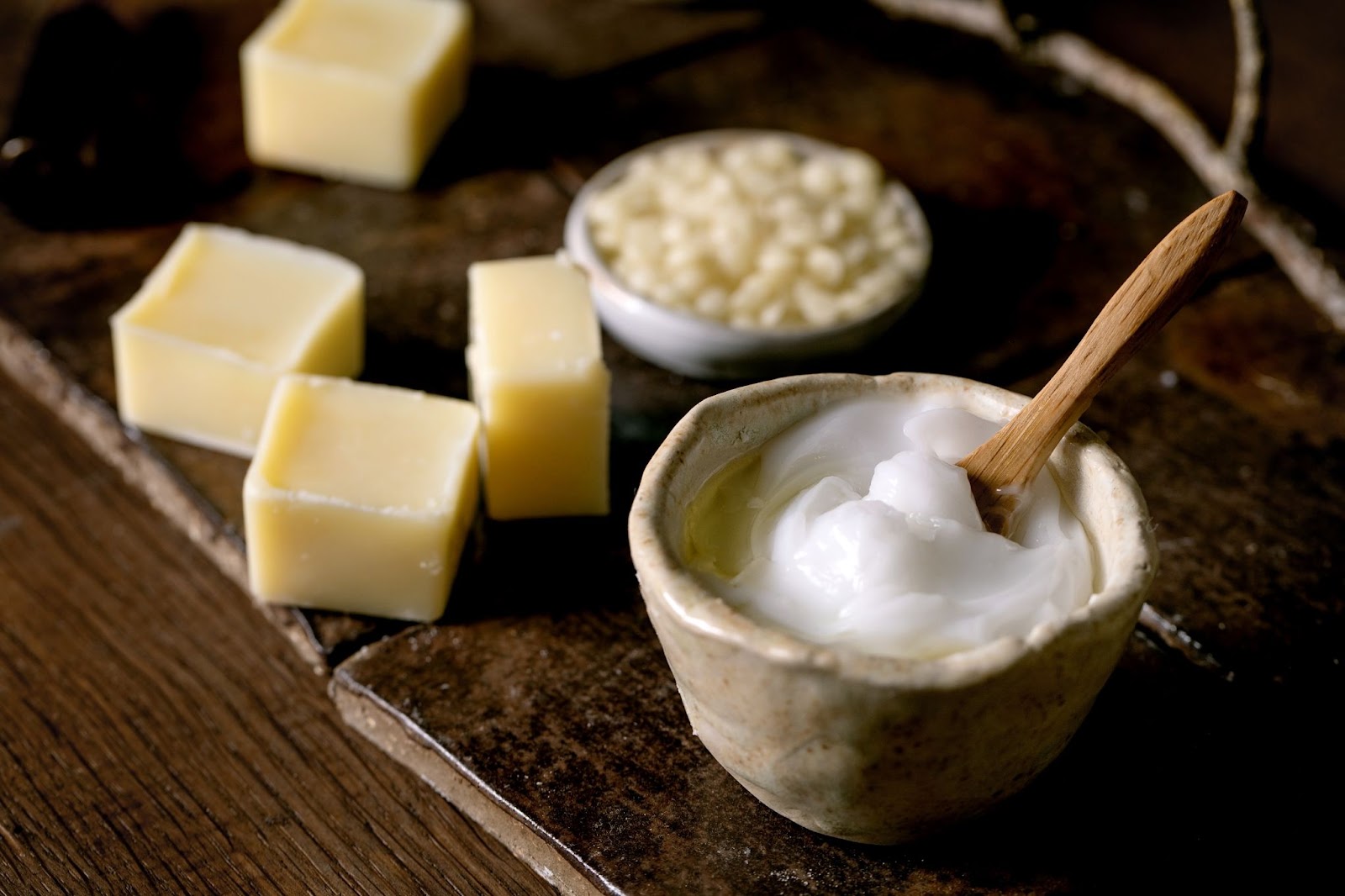
These create rich textures and provide significant occlusive benefits:
- Shea Butter: Natural, rich emollient with additional skin benefits. Creates creamy textures.
- Cocoa Butter: Provides firm structure to balms and solid products. Melts at body temperature.
- Beeswax: Creates protective barriers and helps emulsify formulations. Adds structure to solid products.
READ ALSO: Complete Buyers’ Guide to Stearic Acid
How to Choose the Right Emollients

When choosing emollients for your skincare formulation, it is important to consider certain factors listed below;
Consider Your Target Consumer
Different consumer segments have distinct preferences regarding skin feel:
- The Luxury market often prefers rich, immediately noticeable effects
- Natural/organic enthusiasts typically value plant-based oils regardless of sensory profile
- The Mass market usually seeks immediate absorption and a non-greasy feel
- For Clinical/dermatological products, performance and skin compatibility are prioritised over sensory aspects.
Compatibility with Skin Type
Match your emollient choices to the target skin type:
- People with dry skin benefit from richer emollients like butters, olive oil, and heavier esters
- Oily skin works better with lightweight options like jojoba oil, silicones, and light esters
- Sensitive skin often responds well to simple formulations with sunflower oil, safflower oil, or squalane
- Mature skin types appreciate richer emollients with additional benefits like argan oil or shea butter.
Product Type and Application
Your product format will dictate appropriate emollient choices:
- Lotions: Typically use lighter emollients with good spreadability
- Creams: Balance medium-weight emollients for richness without heaviness
- Balms and butters: Incorporate solid emollients that melt on contact
- Facial oils: Use oils with excellent absorption and skin compatibility
- Body products: Can utilise heavier emollients than facial products
READ NOW: The Mind-Blowing Secrets of Isopropyl Myristate
Practical Skincare Formulation Tips
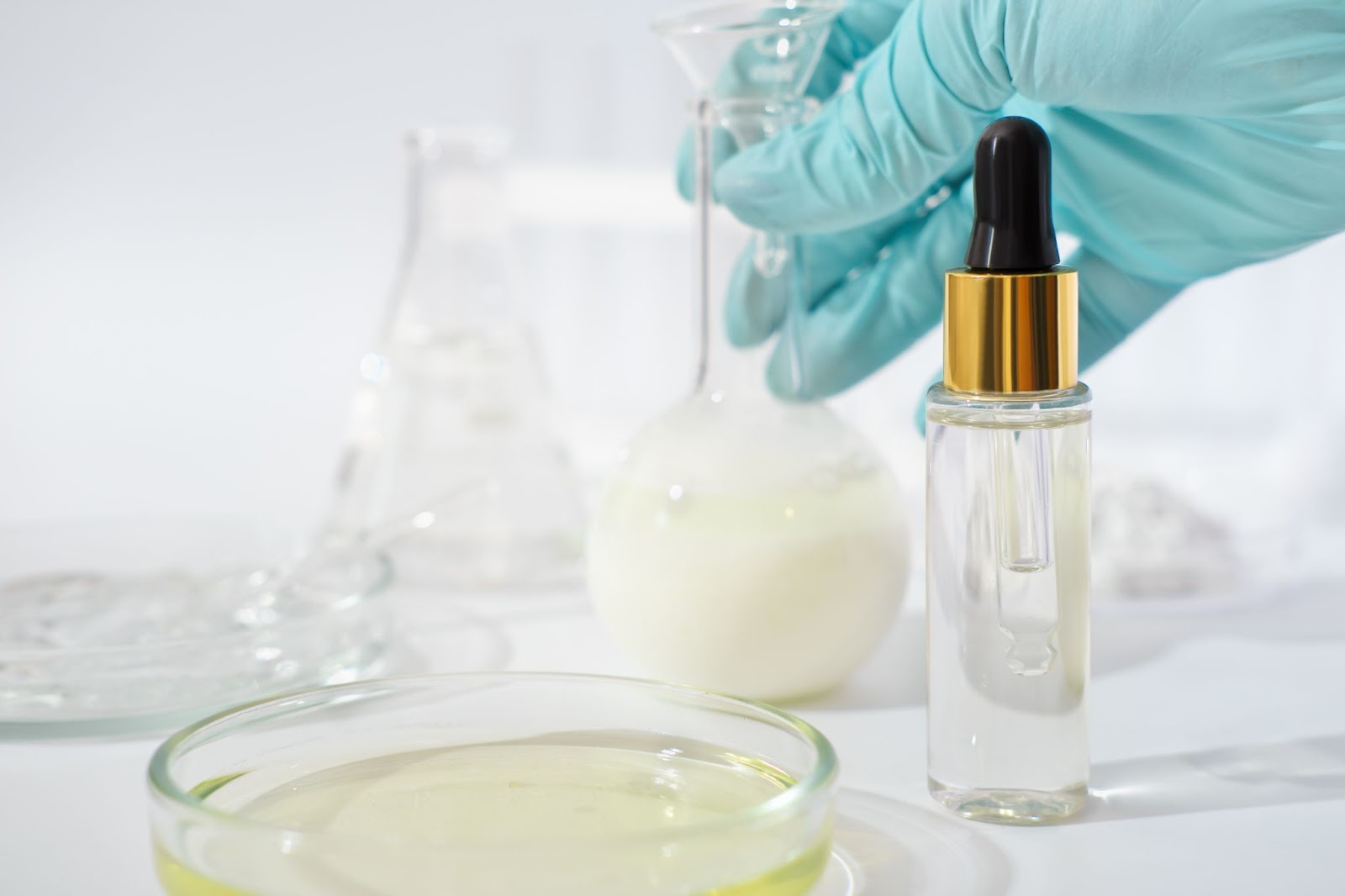
Layering Emollients
The most sophisticated formulations rarely rely on a single emollient. Instead, they combine several types to create a complex sensory experience:
- Initial sensation: Light esters or silicones for immediate slip
- Mid-application: Medium-weight oils for good distribution
- After feel: Longer-lasting emollients that remain on the skin
Using at least three emollients with different molecular weights creates the most satisfying sensory experience.
Finding the Right Balance
Too much emollient content can make products feel heavy or greasy, while too little can leave skin feeling inadequately moisturised. As a general guideline:
- Facial serums: 3-8% emollient content
- Light lotions: 8-15% emollient content
- Medium creams: 15-25% emollient content
- Rich creams: 25-40% emollient content
- Balms: 60-90% emollient content
Sourcing Considerations
The source and quality of your emollients significantly impact your final product:
- Consistency: Batch-to-batch variation in natural oils can affect formula stability
- Sustainability: Consider environmentally friendly options and responsible sourcing
- Refinement: Highly refined oils have longer shelf life but fewer natural benefits
- Cold-pressed vs. solvent extracted: Different extraction methods affect oil properties
Matta’s supplier verification program ensures consistent quality through rigorous testing protocols, which is particularly important for natural emollients, where variation is common.
READ NOW: 5 Steps to Ensure Your Procurement Process is Loss-Proof
Skincare Ingredient Procurement Made Easy with Matta

As manufacturers seek to create breakthrough products that delight consumers, the quality and sourcing of emollients become paramount.
Matta is transforming this landscape, offering a digital marketplace that bridges the gap between formulators and suppliers.
Our platform goes beyond traditional procurement, providing manufacturers with:
- Direct access to a curated network of verified emollient suppliers
- Complete transparency in ingredient sourcing and quality
- Comprehensive traceability for every chemical component
- Streamlined digital transactions that accelerate product development
- Rigorous quality assurance protocols that meet the most demanding industry standards
Whether you’re a boutique skincare brand or a global manufacturer, Matta empowers you to source the exact emollients your formulations demand.
Our digital platform eliminates the traditional complexities of chemical procurement, turning potential supply chain challenges into seamless opportunities for innovation.
Ready to elevate your emollient for skincare capabilities?
Join Africa’s leading chemtech platform and unlock a world of premium chemicals, raw materials, ingredients, and commodities with unparalleled ease and confidence.
Do you need specific emollients for your next formulation? Explore Matta’s Marketplace, connect with verified suppliers, and source premium ingredients with complete traceability and quality assurance.


